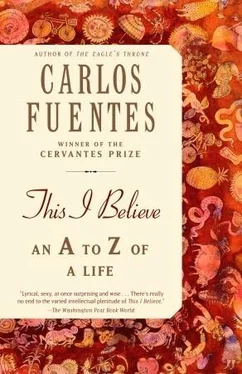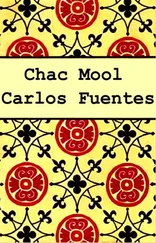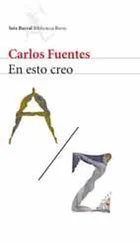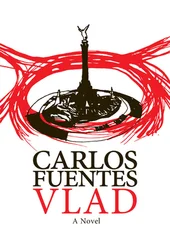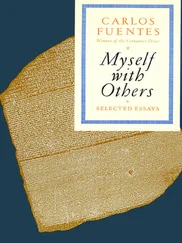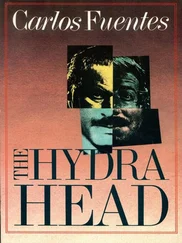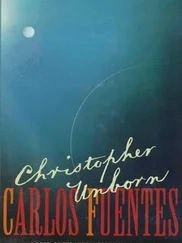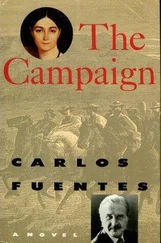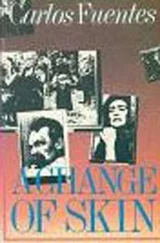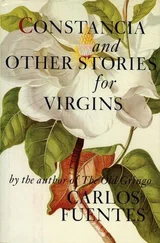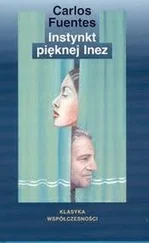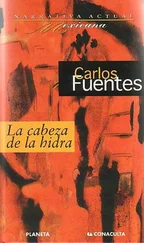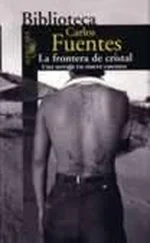Mary Shelley envisioned the horror of an anti-birth: the conception of a creature created with the leftovers of death. Victor Frankenstein is the name of the father that wishes he were a mother and gives birth to the anonymous monstrosity that grows more and more like its creator — reclusive, cruel, born without a past, but different from the God who might also possess these characteristics because God is not curious, God is not the mother Eve who eats the apple from the Tree of Knowledge; God is not Pandora who spills the secrets of a box filled with calamities; God does not covet an identity, a name or a perception: God is, knows all; to name him is to diminish him.
Frankenstein’s monster is doubly monstrous: it is not a man, as its creator wishes it could be; nor is it a God, as its creator wishes he could be. Mary Shelley’s modern Prometheus does not steal God’s fire: he goes out looking for it. But that flame is an illusion, it is the false fire of polar light, it is the funeral pyre that awaits creator and creature alike: the icy bonfire of science when it is not man who creates science but rather science that either creates or destroys man. Mary Shelley’s modern Prometheus does not create a human being, she creates an anonymous one. Perhaps this is why the widow of the poet Shelley chose not to sign her book with her own name. Where could one find the name of such a monster, a monster that is the fruit of the union between an inquisitive man and a wordless death?
One stormy night during the summer of 1816, a group of people gathered at a rented villa on the shores of Lake Geneva. It included Lord Byron, who had rented the house, his friends Percy Shelley and his wife, Mary, the insufferable Doctor Polidori, and an assortment of women representing Byron’s various paternal, incestual, and amorous relations. Together they decided to tell horror stories to pass the time during the thunderstorm. Byron invented the vampire; Mary Shelley, the monster. Dracula and Frankenstein were born here. The Villa Diodati, as it is called, can still be visited today. The vistas have scarcely changed, though now there are jukeboxes, television sets, and Ping-Pong tables in the house. I prefer the vision offered by James Whale’s film Bride of Frankenstein, in which the actress Elsa Lanchester plays Mary Shelley in 1816, recounting a tale that occurs in 1935, and in which Lanchester also appears, this time playing the role of the monstrous woman that Dr. Frankenstein creates so that his first monster, played by the actor Boris Karloff, might have a mate. The time-game is fascinating, and is made even more compelling by the fact that these monsters, which literature either could not or would not properly name (how very brilliant and wise of Mary Shelley!) now bear the names lent them by their photographic images.
The monster has a name thanks to photography. And that name is the name of its creator. The audience names the monster after its creator, Frankenstein. This is like giving the name “God” to each and every one of his creatures. But, as Borges observed, isn’t the genre of fantasy the trunk of the tree, and theology one of its branches?
In the realm of fantasy literature, God has no greater enemy than Dracula, the man-vampire that conquers all laws divine and human. He fornicates without love, he drinks because he must, desires no one and nothing other than his own immortality, and conquers death. His image is reflected in no earthly mirror. He sleeps by day. He kills by night. And he travels to flee his own legend and to replenish his source of both life and pleasure: blood.
Roland Barthes has noted that in de Sade’s universe, travel has just one purpose: to shut oneself away. To isolate and protect lust. But also to experience confinement as a quality of existence, a voluptuosity of being. Does Dracula do anything other than this when he leaves his Transylvanian cloister and gets himself onto a death ship, hidden inside a box filled with newly dug earth, bound for the heart of the imperial, bourgeois metropolis, London? All characters of extreme identities, from the Gothic novel to the Surrealist film, embark on that journey, from one prison to another: they exhaust their place of origin and so they travel to a corruptible future.
Dracula seeks the blood that nourishes him. But this metaphor of horror conceals a love story. Dracula seeks recognition, even if he must turn the life that he needs and loves into death. And his victims, all those women so captivated by him, who always forget to close their windows at night, to sleep beneath crucifixes, or to hang necklaces of garlic around their throats — aren’t they invoking the presence of that “other” who, by identifying himself with them, allows them to identify themselves with him? Do Dracula’s ladyfriends seek the peculiar desire that can only be satisfied by the monster who desires nothing other than immortality itself, on the borderline between dream and nightmare?
Dracula and Frankenstein are literary zebras whose habitats preceded them: castles in ruins, Transylvania and the Alps, laboratories that work thanks to a kind of faith in progress, villages that are sanctuaries of millenarian tradition. . From its popular legends to the legacy of lineage, Europe possesses the landscape for fantastic literature. America does not. I mean English America, Protestant and Puritan North America.
Nathaniel Hawthorne complains of the lack of mystery in a country with nothing more than a rather common, ordinary prosperity, a country that has no shadows and no real age. How very imaginative a writer must be in order to discover mystery in that humdrum, prosperous world! Old maids that live in perpetual darkness, houses painted in blood, walls that murmur, and Hawthorne’s own mother, a widow locked away, her food growing cold at her bedroom door, a ghostly sister who only allows herself to be seen as night falls. .
The person who truly reveals the terror of the North American fantastic, however, is Edgar Allan Poe, whose great discovery is that fantasy occurs not in castles on the Rhine or in Roman dungeons but in the heads and hearts of human beings. “The Tell-Tale Heart” could be the title for everything he ever wrote, for he is an author who rejects the North American enterprise of happiness and progress (“I have no faith in human perfectibility,” he once said) and instead reveals the very opposite of North American optimism. His narratives do not take place in the solar meridian of the United States but rather in the murky daybreak of the Earth. It is at that hour of dawn, still not fully wrested from the night, that the most intranquil beings emerge. The dead listen. The tombs open. The ghosts rap their knuckles at the entrances to graves. With good reason it has been said that Poe was born and raised inside a coffin. Henry James takes this brand of imaginary terror to its highest degree: the duel with the world that occurs only inside the minds of his characters. There is no exterior setting as there is in Frankenstein or Dracula. London, Boston, English weekends, aristocratic society life, well-appointed country homes. No: his terror is inside the imagination, in the turn of the screw. .
Poe, who was Stalin’s preferred writer (a case of power fascinated by torture and terror), could also be, somewhat paradoxically, the favorite author of the most logical Cartesian of them all. The deductive logic of “The Gold Bug” and “The Purloined Letter” elevate reason to the level of mystery in a foreshadowing of that great Latin American fabulist, Jorge Luis Borges, the perverse neo-Platonist who first suggests a totality, only to immediately prove its impossibility. Borges opens many of his stories with the ironic premise of a hermetic totality. He evokes the age-old nostalgia of original unity. But then he immediately betrays all yearnings for the idyllic (which echo the founding utopia of the New World) with the comic incident and the peculiar accident. Funes the Memorious remembers everything (fantastic premise). But if he wants to live he must reduce, select, limit himself to a manageable number of memories (comical conclusion).
Читать дальше
